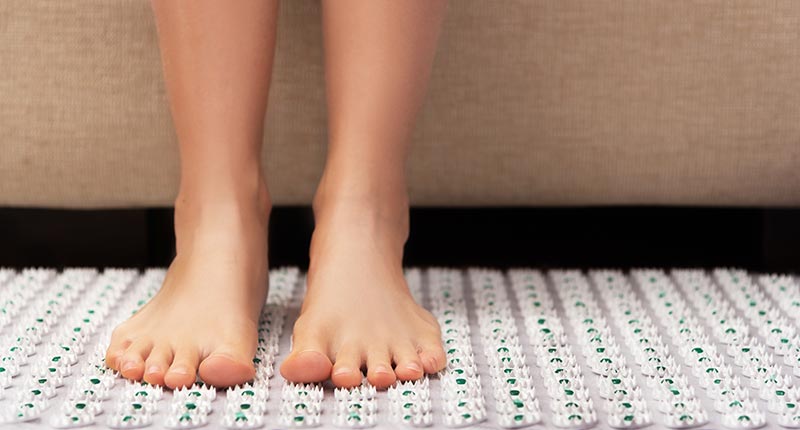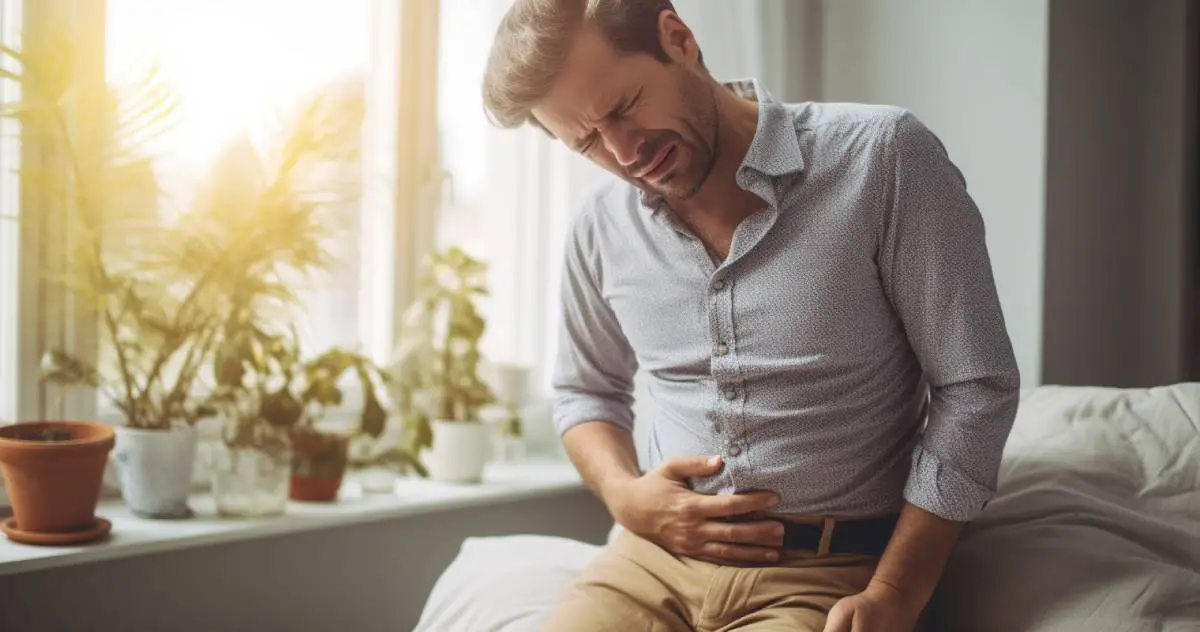You might experience back pain after working too hard at the gym, lifting something heavy, sitting with bad posture, or sleeping on a soft bed. These forms of back pain, which are mechanical in nature, are normally due to a problem with the spinal joints or vertebrae or the muscles and nerves in the back. Mechanical back pain tends to come and go, worsens with activity and exercise, and is relieved by lying down.
Around one-third of patients with lower back pain, however, are actually suffering from inflammatory arthritis. Also known as ankylosing spondylitis, this form of back pain occurs when your immune system mistakenly attacks the joints of the lower spine. If your back is stiff in the morning and accompanied by flares of pain in the buttocks, it’s more likely due to an inflammatory condition. In that case, acupressure for back inflammation may provide some much-needed relief.
Can Exercise Cause Back Inflammation?
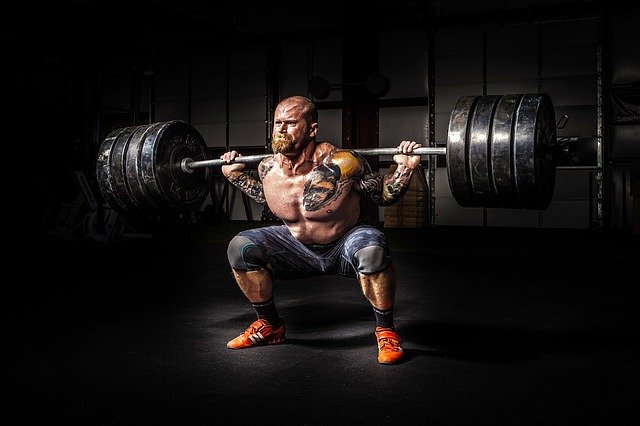
If you’re suffering from mechanical back pain, you may want to avoid physical activity while you give your spine a chance to recover. For inflammatory back pain, on the other hand, exercise usually provides some relief. On the whole, regular exercise is good for preventing inflammation and chronic back pain, though the wrong exercise can make your back pain worse.
If you are suffering from inflammatory back pain, you’ll want to choose forms of exercise that increase your strength and flexibility without placing undue pressure on your spine. Always warm up before you exercise to avoid straining or tearing the muscles. Avoid high-impact exercises, such as running or certain sports that may be harmful to the back.
Performing the same motions over and over again exposes the body to repetitive stresses. If you are focusing on only one muscle group, you risk creating an imbalance that could lead to inflammation in the soft tissues. Doing repetitive sit-ups might be great for your six-pack, but it’s terrible for your back.
What Food Helps Get Out Inflammation Of The Lower Back?
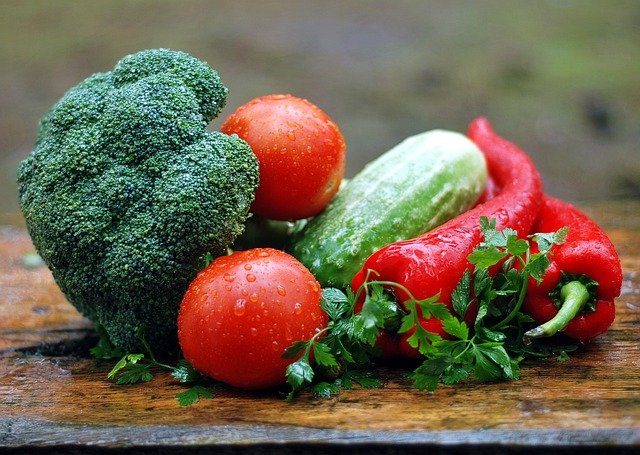
The standard American diet contains many of the foods known to increase inflammation. Eating highly processed foods, such as refined carbohydrates and vegetable oils, creates blood sugar problems and causes weight gain. Sugary drinks, such as sodas and fruit juices, are also pro-inflammatory and harmful to the body. Fast foods and saturated fats may fuel inflammation and lead to medical conditions such as chronic inflammatory back pain.
To follow an anti-inflammatory diet, you’ll not only want to eliminate the foods that cause inflammation but also eat the sorts of foods that prevent it from happening. This means lots of colorful fruits and vegetables, especially dark greens such as broccoli, spinach, and watercress. Adding anti-inflammatory spices, such as turmeric, ginger, and cinnamon, can combat inflammation in the lower back. A systematic review published in the British Medical Journal (BMJ) showed that reducing omega-6 consumption while increasing omega-3 consumption reduces the inflammatory response of a high-fat meal. You’ll find omega-3 in certain fish, such as salmon and sardines, or in seeds and nuts, including walnuts and chia seeds.
Can You Use Acupressure For Back Inflammation?
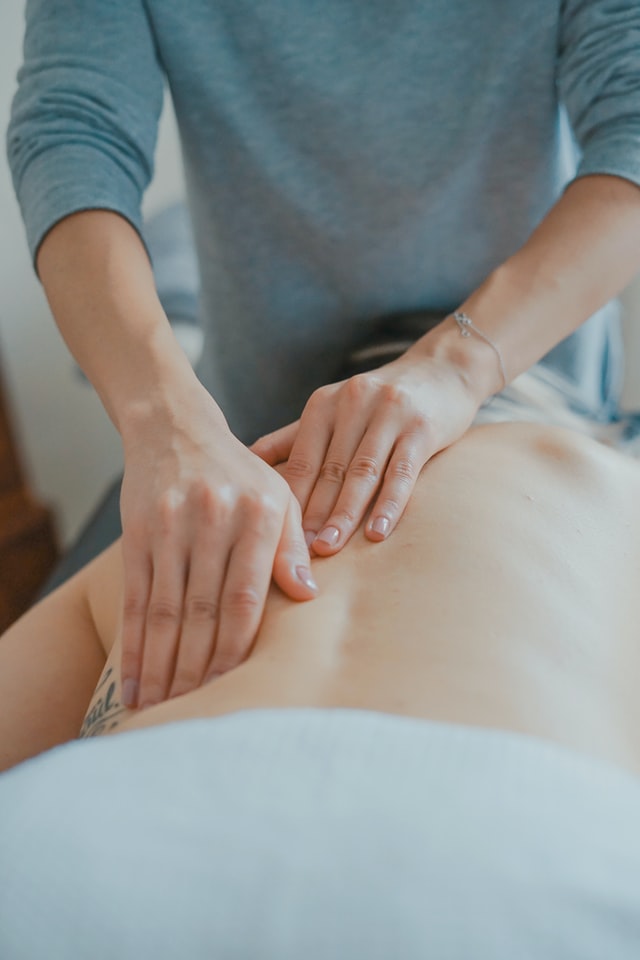
Almost eight out of ten people will experience back pain at some stage in their lives. In fact, chronic lower back pain is the number one complaint among people seeking acupuncture. Research suggests acupuncture for muscle inflammation in the back is highly effective. A systematic review and meta-analysis of randomized controlled trials (RCTs) up to 2012 demonstrated the effectiveness of acupuncture on non-specific chronic lower back pain.
A second meta-analysis of 29 clinical trials with a total of 17,922 patients showed that acupuncture is effective in the treatment of chronic pain. The significant differences between true and sham acupuncture for self-reported pain relief suggest that acupuncture is no mere placebo, and acupressure for back inflammation can be an effective treatment.
What Are The Acupressure Points For Back Inflammation?
Acupoint: Bl-23 (Other Names: Urinary Bladder-23/Shen Shu/Kidney Transporter)

Long understood as one of the back pressure points for massage, the Bl-23 acupoint is mirrored on either side of the spine, two-finger widths out from the space between the second and third lumbar vertebrae. Though it belongs to the bladder meridian, Bl-23 is commonly employed in acupuncture for muscle inflammation in the back.
Stimulating the Shen Shu warms the body and can relieve back pain due to coldness or gas. Known as the Kidney Transporter in Traditional Chinese Medicine, this acupressure point balances kidney function and provides relief from rheumatism and sciatic pain.
Activate the Shen Shu by applying gentle pressure with the middle finger or thumb. Alternatively, try rubbing the acupoint with the palm of the hand for a few minutes. Apply this acupressure for back inflammation on both the left and right acupressure points.
Acupoint: Bl-25 (Other Names: Urinary Bladder-25/Da Chang Shu/Large Intestine Transporter)

The Bl-25 acupoint is the regulator of the large intestine and one of the primary acupressure for bowel inflammation. Activating Bl-25 removes obstructions from the bladder meridian and provides relief from abdominal distention, diarrhea, and hemorrhoids. A 2016 study demonstrated that electro-acupuncture stimulation at Bl-25 and ST-25 can reduce symptoms in rats with irritable bowel syndrome.
Along with its usefulness as one of the acupressure points for constipation, diarrhea, and abdominal pain, the Da Chang Shu is effective in treating lumbar spine pain, arthritis, and inflammation in the lower back. The acupoint is located at the junction of the fourth and fifth lumbar vertebrae, around two finger-widths from the spine.
To activate the Da Chang Shu, try placing your hands on your hips and pressing with your thumbs. Tapping this acupoint rhythmically with the bone of your fist may provide effective relief from constipation.
Acupoint: Liv-3 (Other Names: Liver-3/Tai Chong/Supreme Rush)

Another important point to know if you want to use pressure point for back inflammation, the Tai Chong is located on the instep side of the foot, in the depression where the bones of the big toe and the second toe meet.
Stimulation of this liver meridian point regulates the vital energy in the liver and provides a general calming effect, making it one of the useful acupressure points for anger management. Self-administered acupressure at Liv-3 can be used to treat everything from headaches and depression to irregular menstruation and lower back pain.
Place your thumb on the acupoint with your fingers on your toes. Apply pressure until you feel a slight pain while pulling your toes toward you.
Acupoint: Bl-40 (Other Names: Urinary Bladder-40/Wei Zhong/Middle of the Crook)
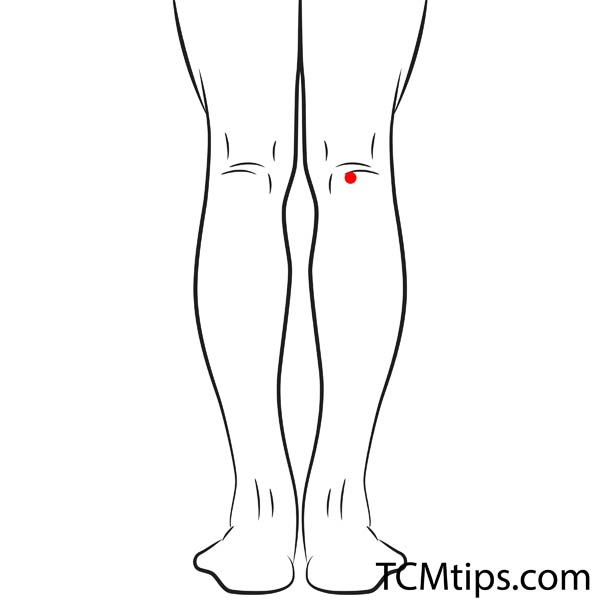
Stimulation of the Wei Zhong relieves stiffness around the hips, knees, and lower back. Along with being a useful acupoint for acupressure for back inflammation, this point on the bladder meridian is known as one of the pressure points for thigh pain.
You can find Bl-40 in the crease that forms at the back of the knees when you bend your legs. The exact location varies slightly among different people, so you’ll want to look for the place where you feel a tingling sensation.
Sit in a comfortable position with your legs slightly bent. Press the acupoint for ten seconds while breathing deeply. Release for a few seconds before pressing again.
Acupoint: GB-34 (Other Names: Gallbladder-34/Yang Ling Quan/Yang Mound Spring)

One of the most important acupressure points for back inflammation is found on the gallbladder meridian. Stimulating this acupressure point on the side of the knee releases muscle tension in the legs, which decreases the burden on the spinal cord.
With the knees bent, find the small dent just below the bulge of the fibula on the outside of the knee and apply firm pressure with the thumbs.
The Yang Mound Spring is effective against all forms of neuropathic pain, making it one of the primary acupressure points for peripheral neuropathy.
Acupoint: SP-6 (Other Names: Spleen-6/San Yin Jiao/Three Yin Intersection)
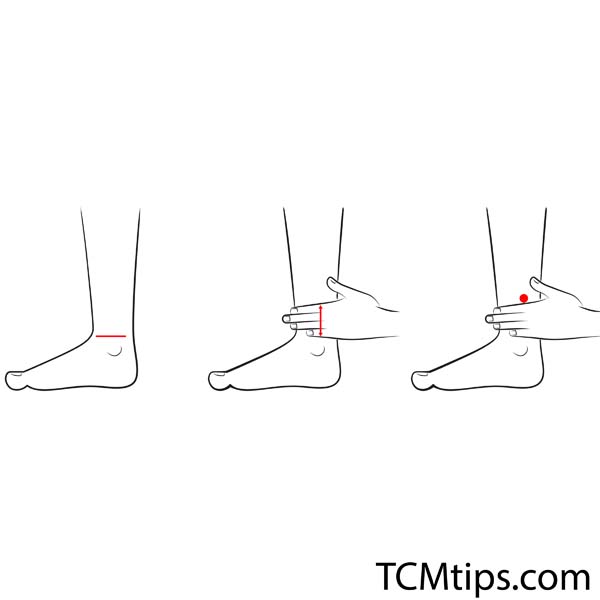
You might feel more pain in the lower back during the cold winter months. Activating this acupoint on the spleen meridian has a general warming effect, fortifying the liver and the kidneys, promoting blood circulation, and providing relief from lower back pain.
As the San Yin Jiao is located on the foot, four finger-widths above the inner ankle, it’s also considered one of the useful acupressure points for foot pain. Apply firm pressure on the acupoint with your fist or thumb, massaging with slow circular movements.
A systematic review of acupuncture treatments for acne demonstrated the effectiveness of SP-6 in treating inflamed or irritated skin, marking the San Yin Jiao as one of the best acupressure points for skin inflammation.
Acupoint: Bl-32 (Other Names: Urinary Bladder-32/Ci Liao/Second Crevice)

Bl-32 is the fourth and final bladder meridian pressure point employed in acupressure for back inflammation. Located midway between the lower spine and the buttocks, acupressure here promotes blood circulation and energy flow around the waist and lower back, making Bl-32 one of the primary acupressure points for pelvic pain and menstrual cramps.
Apply deep pressure at this acupressure point once or twice a day.
 P. Sze
P. Sze 




